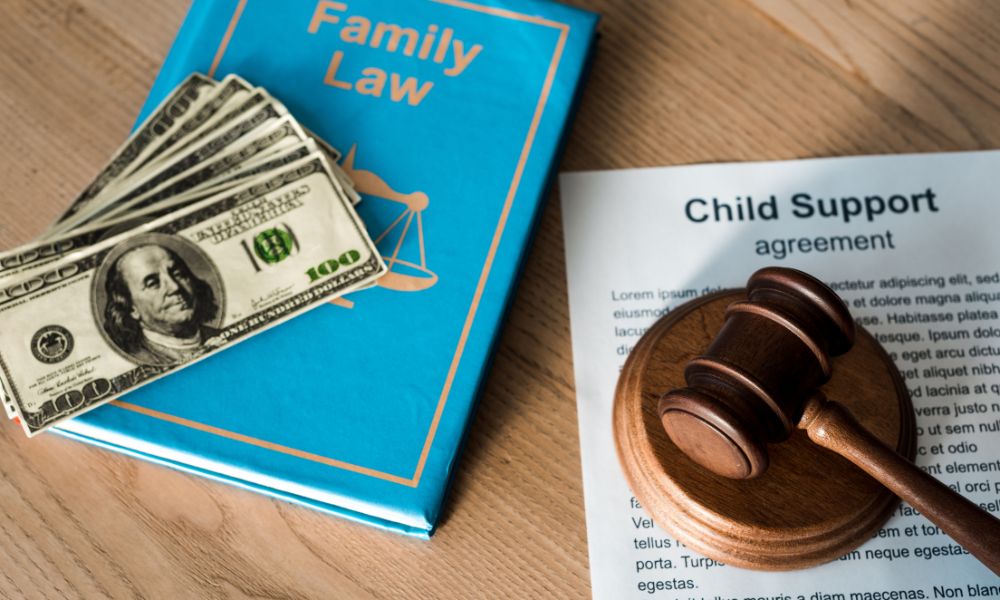Domestic Violence Awareness Month: Remedies Available to Illinois Victims
The statistics are extremely troubling, and here are only a few. Nationally, every 9 seconds a woman in the United States is beaten, and it is estimated that 1 in every 4 women will experience domestic violence in her lifetime. On average, more than three women and one man are murdered by their intimate partners every day in the United States, and one in five teens in a serious relationship reports having been hit, pushed or slapped by a partner.
Locally, the Chicago Police Department annually responds to more than 200,000 domestic-related calls, which averages to more than 500 calls each day. On any given day, in excess of 12,000 active orders of protection exist in Cook County.
October is Domestic Violence Awareness Month, which provides an opportunity for our community to address this serious issue and work on ways to put an end to this scourge. The problem of domestic violence has taken on heightened visibility this year due to the spotlighting of recent incidents involving NFL players such as Ray Rice, who was caught on video abusing his now-wife.
Those who are victims of domestic violence in Illinois may seek legal protection and remedies under the Illinois Domestic Violence Act (IDVA). The IDVA itself recognizes domestic violence “as a serious crime against the individual and society which produces family disharmony in thousands of Illinois families, promotes a pattern of escalating violence which frequently culminates in intra-family homicide, and creates an emotional atmosphere that is not conducive to healthy childhood development.” The Act further defines its own purpose as “[s]upport[ing] the efforts of victims of domestic violence to avoid further abuse by promptly entering and diligently enforcing court orders which prohibit abuse and, when necessary, reduce the abuser’s access to the victim and address any related issues of child custody and economic support, so that victims are not trapped in abusive situations by fear of retaliation, loss of a child, financial dependence, or loss of accessible housing or services.”
To accomplish these stated goals, the IDVA recognizes that “abuse” can take many forms, including:
- Physical abuse;
- Harassment;
- Intimidation of a dependent;
- Interference with personal liberty; or
- Willful deprivation.
- The Act further provides that if the court finds that a “family or household member” has committed “abuse” – within the broad meaning of that term as described above – an order of protection must be issued. The IDVA also broadly defines a “family or household member” to include:
- Current and former spouses;
- Parents, children, stepchildren and other persons related by blood or by a present or prior marriage;
- Persons who share or have shared a common dwelling;
- Persons who have a child in common or share a blood relationship through a child;
- Those who have/had a dating or engagement relationship; and
- Disabled persons and their caregivers.
- In determining whether “abuse” occurred under the Act, the court assesses the credibility of the witnesses and the conduct alleged, asking whether the claims have been proven by a preponderance of the evidence, which requires just enough proof to make it more likely than not that the alleged facts are true.
- Once an order of protection is issued, the abusive member of the family or the household will be required to do or to refrain from doing certain things. The IDVA permits the court to order any or all of the following remedies, depending upon the facts and circumstances of the case:
- Prohibit any further abuse;
- Grant exclusive possession of a shared home to the victim and order the abuser not to enter the premises for a period of time;
- Order the abuser to stay away from the victim;
- Require or recommend that the abuser undergo counseling;
- Award physical care and possession of any minor child;
- Award temporary legal custody of a minor child;
- Determine the visitation rights, if any, of the abuser to the minor child;
- Prohibit the abuser from removing any minor child from the State or concealing a minor child within the State;
- Order the abuser to appear in court;
- Grant possession of personal property to the victim;
- Forbid the abuser from taking, transferring, concealing or damaging the victim’s personal property;
- Order the abuser to pay the victim for any losses suffered as a direct result of the abuse, including medical expenses, lost earnings or other support, repair/replacement of damaged property, reasonable attorneys’ fees and court costs;
- Prohibit the abuser from entering/remaining in the residence or household while the abuser is under the influence of alcohol or drugs;
- Prohibit the abuser from possessing firearms;
- Prohibit the abuser’s access to school records if the abuser is prohibited from having contact with a minor child;
- Order the abuser to reimburse a shelter which provided temporary shelter and counseling to the victim; and
- Order injunctive relief “as necessary or appropriate to prevent further abuse.”
Violation by the abuser of any of the remedies specified in the order of protection may result in his being held in contempt of court or charged with the commission of a crime.
How long the remedies of the order of protection last depends upon the type of order which was entered. If the order was issued on an emergency basis – meaning without any notice to the alleged abuser – it can last between 14 and 21 days, with extensions permitted for good cause. In contrast, if an interim order is entered where the alleged abuser was notified of the court hearing but has not necessarily been served with all of the court documents, that order is valid for 30 days, again with extensions permitted. Finally, if the order is “plenary” (meaning final) it can last up to two years, with extensions again permitted for good cause shown.
There is no question that the impact of domestic violence extends far beyond the victim and family members; it reaches into the workplace, social settings and the community at large. The heightened awareness recently afforded this issue has not only provided important opportunities to speak out against domestic violence, but has also encouraged many victims to break their silence and seek legal protection from their abusers. In Illinois, the IDVA provides the framework to obtain this important and often lifesaving relief.



